Walking - Find Your Hidden Super Power
There are lots of reasons to.........Get Walking!
What’s in a Walk?
Imagine, stepping forwards, maintaining a gentle, comfortable rhythm as you visualise good positive thoughts. You hear the stones crunch beneath your boots as you stride out freely, warm breeze in your hair, the scents of honeysuckle alive beneath the faint stirring of the trees. A robin sits atop a hedgerow, singing, and there’s a distant lowing of cattle. With the smell of wildflowers on the breeze, you walk progressively towards that positive mindset. To help, smile at the beauty around you as you go.
From losing weight and boosting body confidence to generally feeling better and calmer in body and in mind, walking is an absolute superpower – one that I swear by. I wish more people would believe me when I tell them this. It’s the cure all. The perfect prescription. It’s good for just about everything and it’s suitable for all fitness and experience levels.
You can walk for pleasure, to de-stress, for fitness, to support your personal style objectives, for sport, with your dog, for weight loss, for meditation and visualisation, to reconnect with nature, or to merely get from A to B. You can walk around the block, in between bus stops and tube stations, in your lunch hour, out on remote hills or along urban canals. It doesn’t have to be country walking - you can do it anywhere, you can even climb the stairs in hotels, offices and flats, and it’s so much cheaper than a gym. In fact, it’s free! The benefits, priceless.
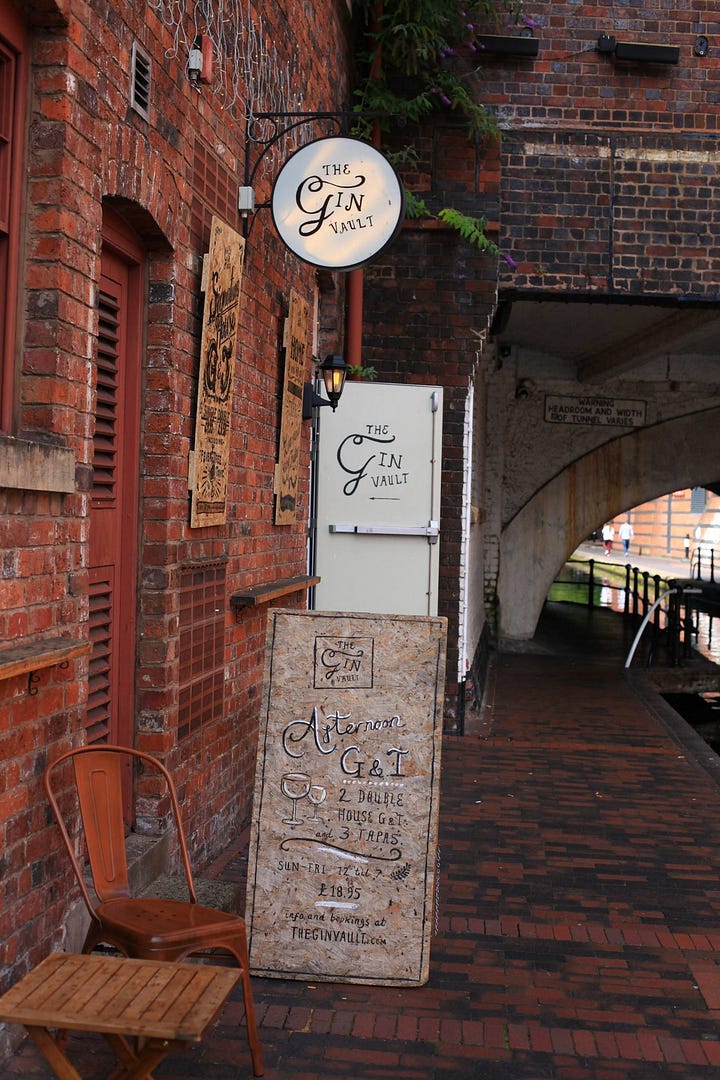

The Journey of 1000 miles on Foot - Where to Begin
An excellent way to get into walking and also to create a goal and get some support is to sign up for the Country Walking Magazine ‘Walk 1000 miles’ challenge. This year, the challenge celebrates its 10th year.
At just 2.74 miles per day you can complete 1000 miles over the course of one year, and as many will report, it can be life changing.
It’s a really simple practice to get into. All you have to do is walk, and record & track your miles as you go. The target is to complete 1000 miles over the course of the 12 months and you can start any time. Some people will record all of their walking activity; however, I only record what I call my ‘boots on’ miles, meaning I record the miles/steps I complete when I actually specifically go out to ‘hike’. I don’t record general walking around shopping centres/high streets, the house or garden, for example.
If you wish to connect with others, there’s even a Facebook group, on which you’ll read lots of encouraging stories about how the challenge is changing people’s lives for the better - people from all walks of life, and of all ages – from the youngest right up to people in their eighties!
Why Walk 1000 miles?
There has been extensive research carried out with regards to the benefits of walking. Those in the medical profession are highly vocal and supportive of the physical benefits, as are the mental health charity MIND, when it comes to talking about lifting our mood, de-stressing and even boosting self-confidence. From the medical side, here are some points of note from research, specifically, what happens to you physically by the time you complete 1000 miles of walking:
Insulin levels drop, muscles’ sensitivity to it rises, which means you’ll burn fat more easily. The risk of obesity and colorectal cancer halves, and the risk of type 2 diabetes is reduced by 60%. You fight off heart disease twice as effectively as running! Cholesterol, blood pressure and vascular stiffness are all lower. The risk of suffering a heart attack in your 50s and 60s is halved. Anti-inflammatory synovial fluid is oiling hips, knees and ankles and muscle has taken pressure off your joints. For every pound in weight lost, four pounds less pressure is exerted on the joints. Daily walks lower the risk of developing glaucoma by 73%. Nine minutes a day between March and September is enough to sustain sufficient vitamin D through the whole of winter. The risk of stroke is cut by a third and the risk of suffering Alzheimer’s is halved. Unlike aerobics or gym work, walking boosts bone density in the spine and pelvis, reducing the chances of hip fracture by 50%.
That’s quite a lot of long-term gain from walking each day, and by the end of this year, it could be your own reality. You’ll probably find you’ll be ill less often too, and if you do catch a cold, it won’t be as bad. It’s a natural vaccine! It’s not just the physical body that benefits though, as we’ve alluded to earlier, walking is fantastic for boosting mental health too.
Mental Health
I got into walking primarily from a mental health perspective, when I started it as a regular practice around 25 years ago, after moving from a suburban area and out into the countryside. I found it gave me opportunity to clear my head after a day in the office. It helped me to get out into fresh air, particularly after being cooped up all day and sat down at a desk, on top of driving an 80-mile round commute.
Taking in the views allowed me to give my eyes a workout (a methodology advised by opticians) whereby the eyes benefit from the opportunity to switch focus on near and far objects, especially after being sat at a computer where you only focus on near objects. Probably even more important in today’s digital age where many people are staring at devices much of the time, and not just when they’re at work. Looking out further ahead allows your focusing muscles to relax and releases tension as a result, which in turn reduces the chances of tension headaches. I’m sure many of us have had our fair share of those.
I also found the practice of walking meditative and it loaned itself well to practicing visualisation techniques while on the move as well as doing a kind of ‘walking meditation’. It basically gave me space to think and to work out any problems. If I felt down, then I felt uplifted after a walk outside in nature. I started only walking 2-3.5 miles, but it soon became a regular activity that, in time, I found very difficult to do without.
I became more connected with nature, noticing and immersing myself in the seasonal changes and getting to observe many birds.
In fact, I became so fascinated with the wonder of birdlife that I’ve been an RSPB member now for the last 10 years and I even did a stint as a volunteer ranger for the National Trust for 6 years, taking part in all manner of activities, but also learning a lot about countryside management, which helped me appreciate it more.
Over time I have gradually increased my miles and taken it more seriously. If I’m in a town or away in a city, I try to walk everywhere. I visit other areas to walk, have completed some long-distance walking challenges (I take the liberty of referring to myself as a long distance walker now) and of course, I take part in the Country Walking Walk 1000 miles challenge each year, tracking my progress with a little battery operated pedometer that I carry with me on each walk. This gives me my steps, miles walked, time taken, and estimated calories burned.
De-stressing and Mindfulness
It is indeed a potent formula – being out in nature which helps us to relax, boosts mood, and the physical exercise aspect which contributes to that ‘burn off’ of stress. Being in nature assists us in practicing ‘mindfulness’ whereby we engage in the act of ‘switching off’ from worries, the past, the future, and just accept the ‘here and now’ by being present in the moment. To be present, you may focus on senses. What can you feel? Is it refreshing raindrops on your skin or warming sunshine? A warm wind? What can you see - a rainbow? What can you hear – crashing waves? Bubbling streams? A waterfall? Listen out for vibrant birdsong, especially on early morning walks, beginning of May, when the tuneful dawn chorus is rife.
Being in nature is one of the best ways to experience and practice mindfulness and it naturally facilitates us in paying attention to sounds, sights, smells and all the little things that can make a big difference – the beauty of a sunrise, dew upon a spiders web, scents of honeysuckle. The possibilities are endless. It’s about really being present and tuning into the sensations around you and appreciating these small wonders. And while all that can indeed boost our mood, research also suggests that there can be impact on those suffering post-operative pain and back issues.
Walking for Weight Loss
Walking is fantastic for weight loss and fat burn - aim for around 16,000 steps to support this goal. While gyms are great for toning, I don’t think you can beat walking up steep hills on a good 1.5 - 2hr hike, over varying terrain, and the best bit is, you get plenty of fresh air and its free! The scenery can be pretty good too!
At the beginning of 2024, I too decided to use hill walking to address my menopausal weight gain. Clothes were not fitting, and I was generally uncomfortable - you know, the constant irritation of a waistband that digs in etc, too-tight trousers, nothing to wear. I just seemed to be putting on weight steadily all the time.
My first step was not to diet, but to change up my walks from flatter more leisurely routes (which don’t loan themselves to maximum fat burn), to purposely climbing hills at every opportunity, as well as utilising walking poles so that I could do a Nordic walking style, hence working my upper body (while also getting better balance, gait and reducing stress on my joints). I did indeed find the perfect local routes. So, no more shying away from tiring climbs any longer….….
Reluctantly, I fully expected to have to support this with some gym activity (I don’t like gyms) - perhaps to do something like spinning, but it turned out, after just a few weeks, that the hills really would do the trick.
I lost 2 stone, reduced my blood pressure and cholesterol, and dropped 2 dress sizes and toned my legs and butt like never before, in around 6 months!
The weight came off continuously and very quickly, supplemented only by some very minor dietary changes which mainly focused on reducing sugar – eliminating sugary drinks (no more Ribena, more water) and sugary breakfasts, switching to skimmed milk on the lowest sugar cereal, eating 30% reduced fat crisps (I’m a crisp addict), cutting out any snacking, speciality coffees etc, and drinking wine/prosecco occasionally rather than weekly.
Did you know there are around 140 calories in just one can of fizzy pop (330ml) and 35g of sugar!
So, no real punishments, no weight-watcher tactics or weighing out portions (while sitting still). The rest of my staple diet remains the same. I still have fish and chips or takeaway treats occasionally and meals out. I eat cake. People automatically go straight to food when they consider weight loss, but really, its movement and exercise that should be the first step and focus, I think. So, why not hill walk? I don’t know how effective it is, but I also drink Twinning’s ‘Metabolism’ Tea blend after dinner sometimes. Also, if you do feel hungry, remember you might just be dehydrated. Take some water. Water is great given we are mostly made up of water, and while you’re walking, its easier to drink more.
I got a huge sense of achievement from this experiment - a feeling that I did not expect. I felt fitter, more body confident and the biggest shock was being able to wear a lot of my old clothes again - some from 16 years ago, which took me off on another track of repurposing old items. I found my interest in dressing again, which seemed to have disappeared without me realising.
So, in essence, fat burn on walks depends on a bit of power walking, 16000 steps and some gradients - getting the heart rate up. To power walk, utilise walking poles, and with your elbows at 90 degrees pump back and forth, propelling yourself forward for a good upper body work out. This really helped my arms. Gradients - find small hills or large hills, little and often or one big push! It’s up to you and depends where you walk.
The Outdoor / Natural Gym
If you do feel inclined to add some toning moves during your walk you can try some simple tactics. Walking on grass, mud or sand (I come across all of this on a typical walk) and (as indicated previously) up hills to burn more calories and help tone hips, buttocks and legs. When walking down hills bend your knees slightly. Make use of fallen logs to do some step exercises or trees to do an upright plank if you wish. Walk with weight in a backpack or utilise wrist weights. Do some stretches before and after.
Above and Beyond - Need to Know
If you are going to venture beyond your local back yard, so to speak, then heed some traditional skills and ensure you know how to read a map and use a compass. Do not rely on GPS on your phone. Batteries can run down. A compass is a superb tool, but then I’m old fashioned!
Dress in removable layers for comfort and avoid bulk. Wear a good wicking base layer such as a temperature regulating merino wool blend and avoid cotton at all costs (which holds the moisture and cold close to your body - at the extreme end of the scale in relevant unforeseen circumstances, it is a fact that cotton fabrics will assist in hypothermia).





Look after your feet - absolutely a golden rule. Without healthy feet life (and walking) is difficult! Ensure you invest in a boot that is right for you and your planned activities. As a rule, go for a size bigger than normal to compensate for navigating downhill - when your foot pushes to the front of the boot, and consider that you’ll probably use thicker walking socks. Talking of socks, do invest in some specialist ones (Rohan or Bridgedale – UK made with cushioning and wicking materials). Such a small attention to detail will transform your walking experience. A wool mix is good. For around £25 they will last a decade of regular walking. For big walks (as in 10-20 miles), prevent blisters by rubbing Vaseline into your feet and even using a thin inner sock under your main sock. Give feet a good soak after a long walk and apply a nice luxury foot scrub and cream afterwards.
Sticking with the Basics
I believe a lot of things in life are simple, made complicated by humans. I like simple things – simple solutions. Walking is one of those nice simple things – a bit like the good old fashioned map and compass - that actually has a lot of value and delivers a lot of benefit, depending on how you do it, and how often you do it. Bang for buck!
Generally, for maximum benefits you need to take up a regular practice rather than binge walking, so you need to walk most days. Like all good habits, they are much easier to stick to if they integrate fully with your lifestyle. If they don’t, then you’re not going to stick to the habit and will be put off.
Need the extra encouragement? Join a group and make friends. Plan some ‘mini adventures’, tick off some notable climbs like Snowdon or Scafell Pike, do a city break with lots of walking, tick off some trig points, or just plan a great day route that includes a stop for lunch at a fabulous country pub serving delicious cake!
You’ll be pleased to know that the rule of the walker is, that cake is always compulsory!
Fireside Reads
Country Walking Magazine
The Great Outdoors (TGO) Magazine
BBC Countryfile Magazine

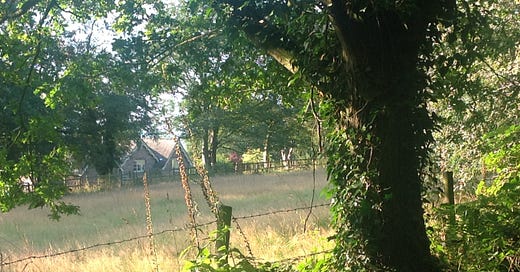


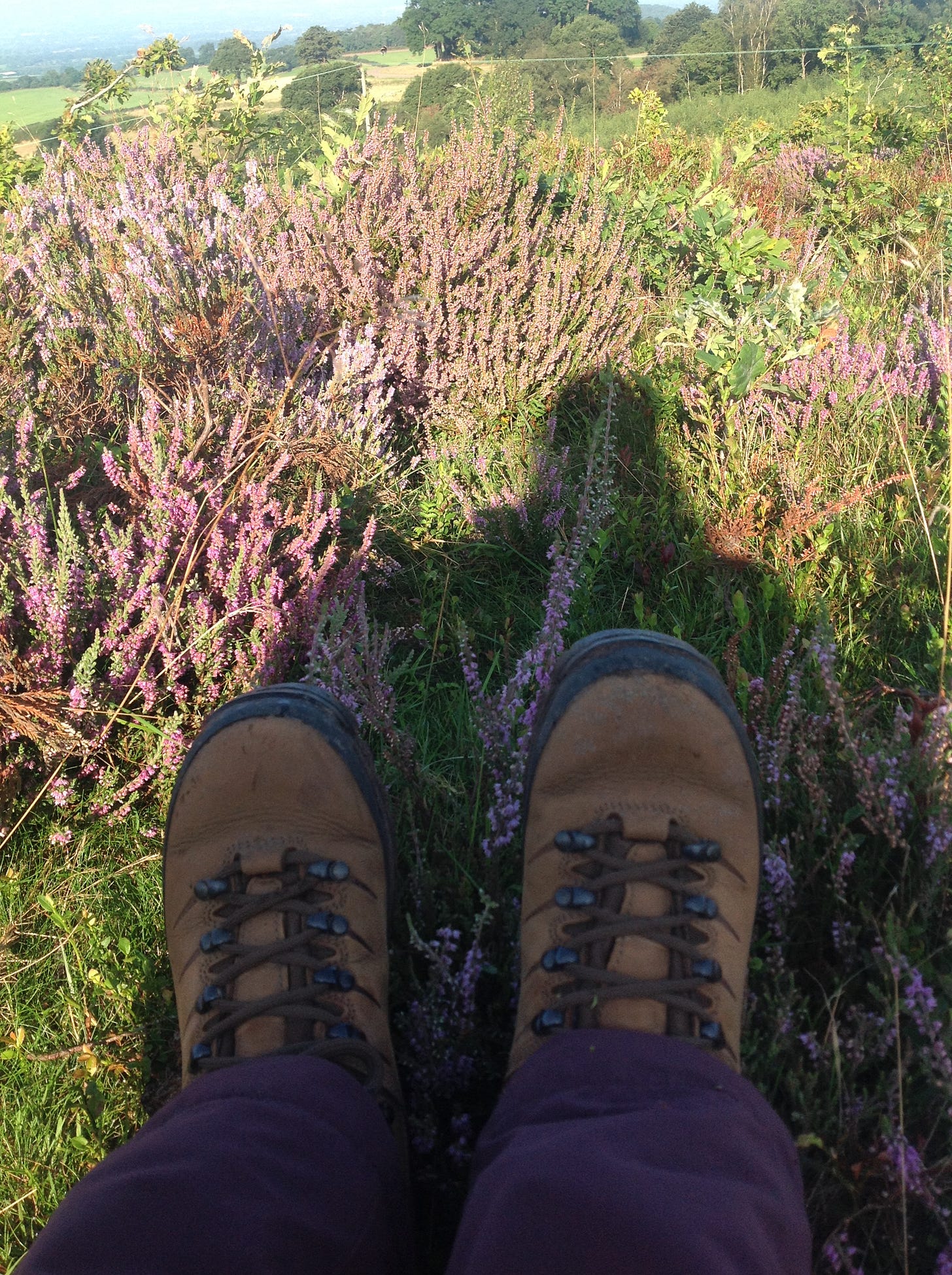

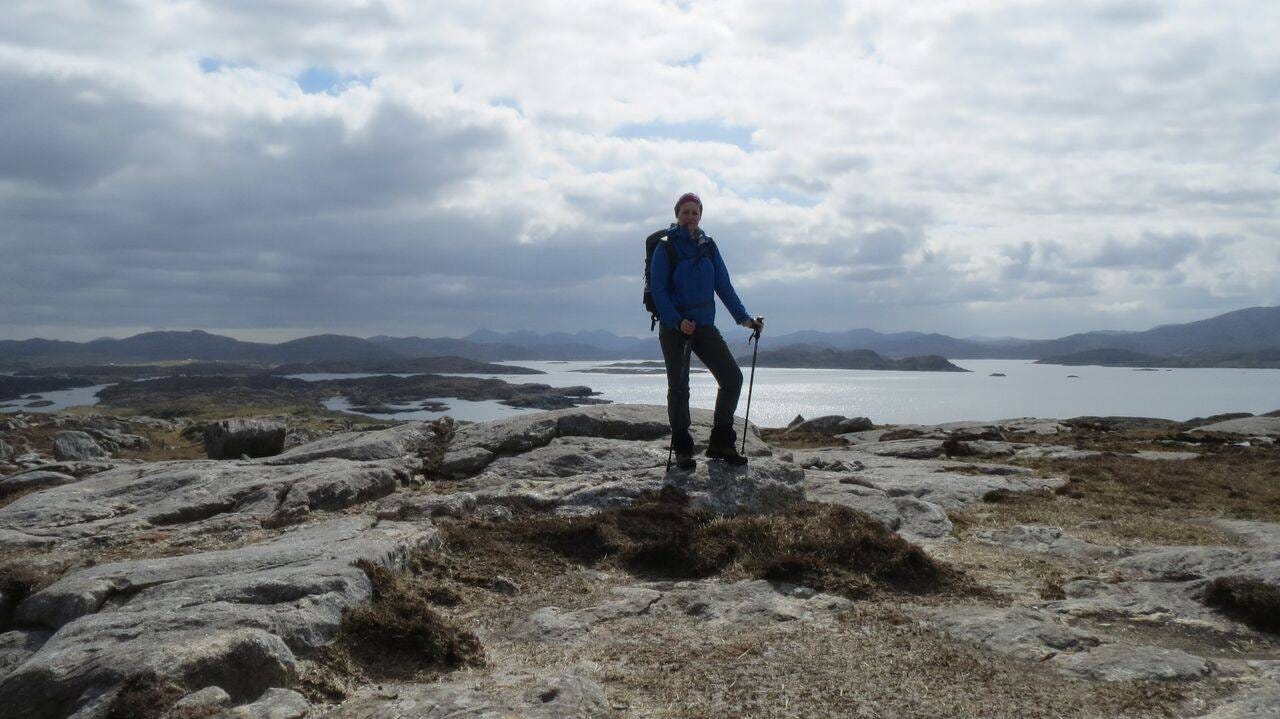
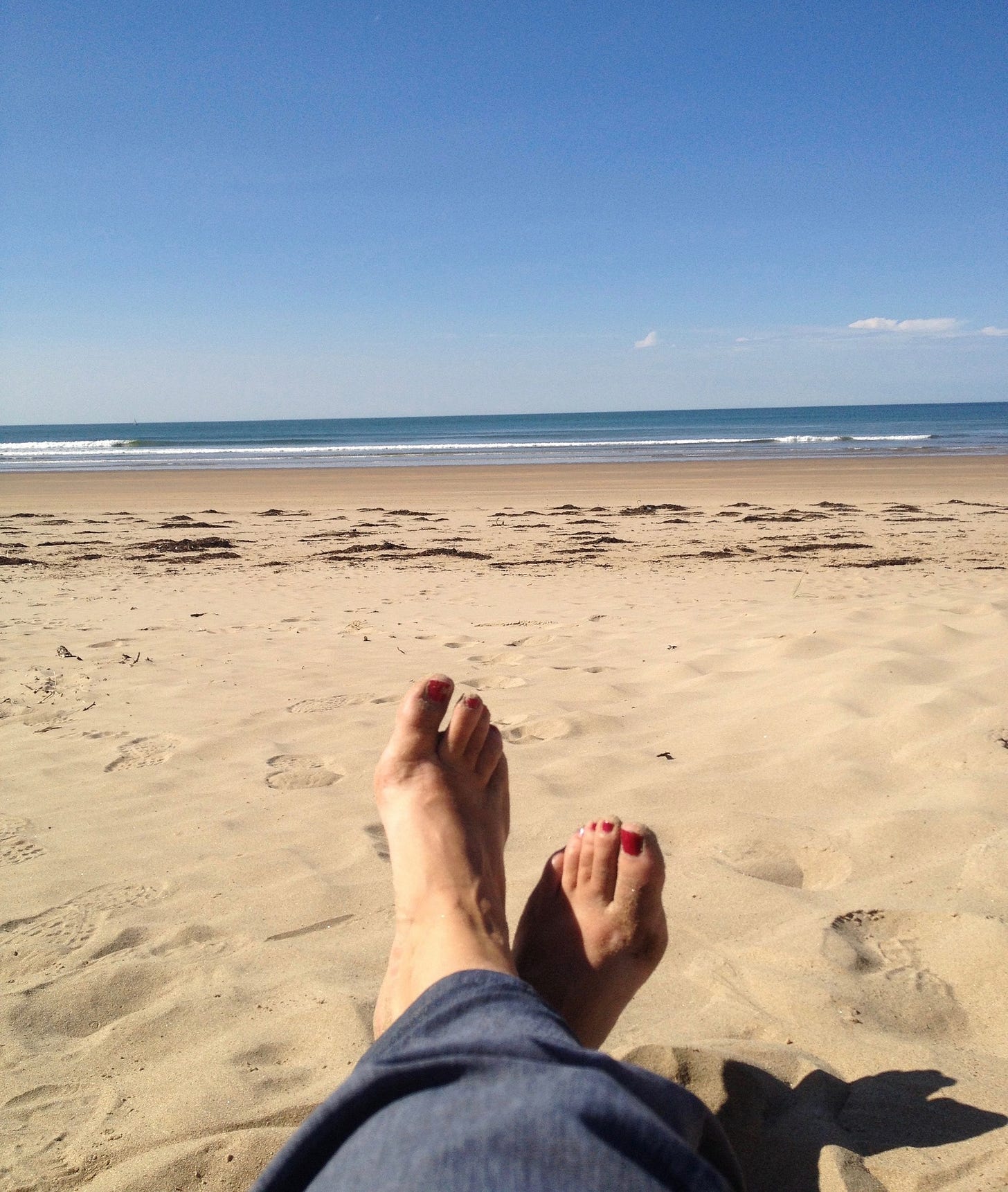
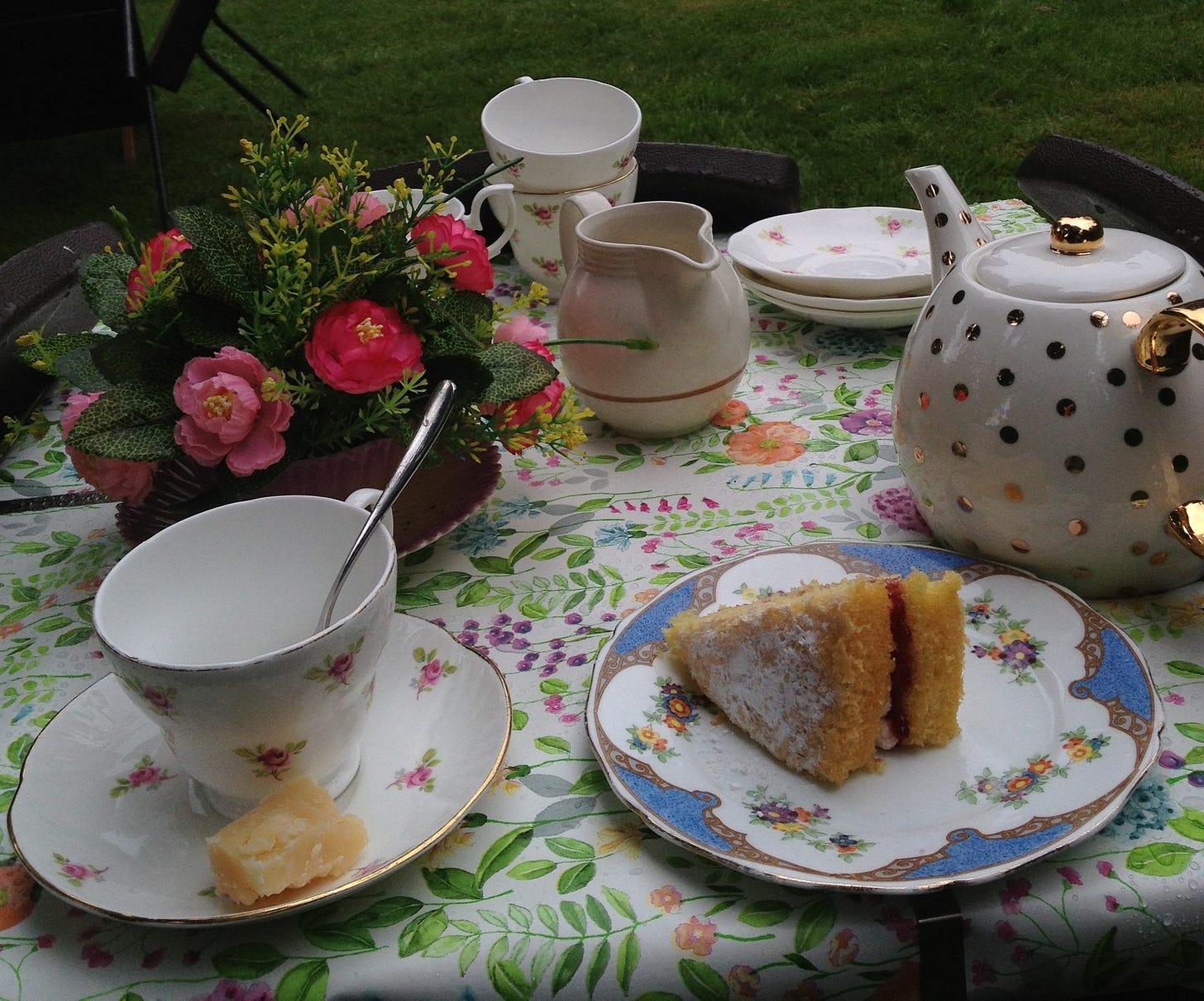
As you already , know Jus, I love my walks. And having joined a walking group last year- it has enhanced my joy of walking with other like minded people. I get to see new & exciting places that I would not of ventured to on my own. I have made more friends & each time I walk, it increases my love & joy of being in nature.
Lovely blog, can't express enough how empowering walking can make you feel and fitter whether on your own or in a walking group.